| Home |
| Acknowledgments |
| Conventions |
| Glossary |
| Maps |
| References |
| Links |
| Articles |
| Thumbnails |
| Species
list |
| Family |
| Next
species |
Additional Photos
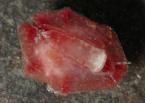
underside
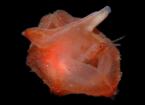
body side
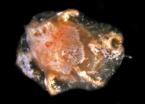
yellow
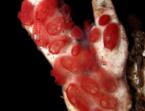
possible food

shell
_______________
GALLERY

Hainotis sp. #1
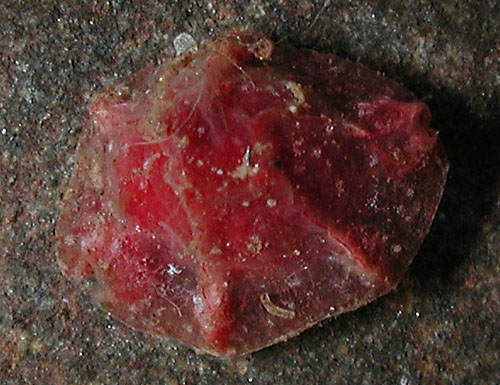
| Maximum size: 6 mm. Identification: This species has a tall, firm reddish or yellowish body variously spotted with brown and white. Six prominent ridges run from the margin to the apex and define a roughly hexagonal apical depression. Natural history: Hainotis sp. #1 appears to be moderately common in silty Halimeda kanaloana beds at depths of 6-11 m (20-36 ft). Rarely, it may be found in moderately protected rocky habitats at 3-6 m (10-20 ft). Both red and yellow forms may feed on similarly-colored tunicates (Symplegma spp.?) that are found in the same habitats. (Note 1) Distribution: Maui. Taxonomic notes: It was first recorded in Hawaii from Napili Bay, Maui by CP on Sept. 12, 1998 (yellow form). There's some chance that the yellow and reddish forms might be different species but the similarity in markings on the underside and the prevalence of a red to yellow axis of variation in the family support lumping. Photo: CP: 5 mm: Maalaea Bay, Maui; Oct. 22, 2007. Observations and comments: Note 1: In 2015, the population of the red tunicate (Symplegma sp.?) in the Halimeda beds appeared to be much lower than in previous years. Meanwhile, several colonies of an otherwise similar yellow tunicate (also Symplegma sp.?) were seen. This observation was accompanied by the collection of a pair of yellow/yellowish animals, strengthening support for the hypothesis that their color is derived from their food. |
| Thumbnails |
Species
list |
Family | Next species | Top |